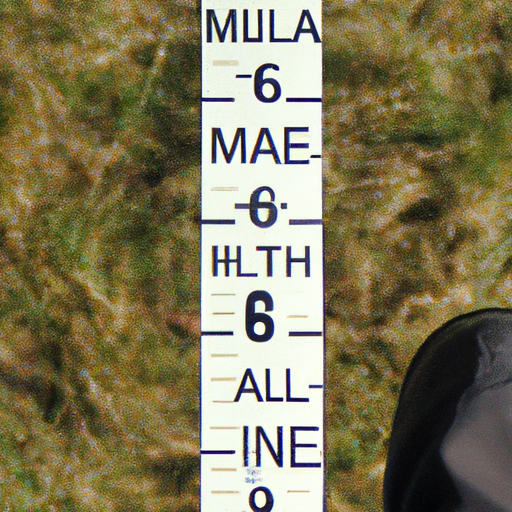You might be surprised to learn that your four-legged friend might not be walking the same distance as you during those daily walks. Let’s take a closer look.
Why Does My Dog Walk Differently?
This is a question that many dog owners ponder. The simple answer is that dogs, like humans, have different energy levels, stride lengths, and physical abilities.
Dogs are natural explorers. They love to sniff, explore, and investigate their surroundings. This means they might cover more ground than you do on your walks. They might zigzag, double back, and veer off the path to follow interesting scents.
Factors that Influence Your Dog’s Walking Distance
Several factors can influence how far your dog walks compared to you:
- Breed: Some breeds are more energetic and need more exercise. For instance, a Border Collie or a Labrador Retriever might cover more ground than a Bulldog or a Bichon Frise.
- Age: Younger dogs usually have more energy and can cover more distance than older dogs.
- Health: If your dog has a health condition, it might limit how far they can walk.
Calculating Your Dog’s Walking Distance
To calculate your dog’s walking distance, you can use the following formula:
Dog’s Walking Distance = Your Walking Distance + Extra Distance Covered by Your Dog
The “extra distance” is the additional ground your dog covers by zigzagging, doubling back, and veering off the path.
The Role of Dog Leashes
The type of leash you use can also affect how far your dog walks. For example, a retractable leash allows your dog to roam further away from you, increasing the distance they cover.
Walking Speed Matters
Not only the distance, but the speed of your walk also matters. Dogs have a natural trotting speed that is faster than most people’s walking pace.
The Impact of Walking on Your Dog’s Health
Regular walking is essential for your dog’s health. It helps with weight control, improved digestion, and better behavior.
Walking also provides mental stimulation for dogs. They get to see, smell, and hear new things, which is important for their mental wellbeing.
The Importance of Varying Your Walking Route
Varying your walking route can also benefit your dog. Different routes mean different smells, sights, and sounds, which can provide additional mental stimulation.
| Benefits of Walking | For Dogs | For Owners |
|---|---|---|
| Physical Health | ✔️ | ✔️ |
| Mental Health | ✔️ | ✔️ |
| Bonding Time | ✔️ | ✔️ |
FAQs
Does my dog need to walk the same distance as me?
No, your dog doesn’t necessarily need to walk the same distance as you. The distance your dog needs to walk depends on their breed, age, and health.
How far should I walk my dog each day?
The distance you should walk your dog depends on their breed, age, and health. As a general rule, most dogs should get at least 30 minutes to two hours of physical activity each day.
Do small dogs need less exercise than large dogs?
Not necessarily. Some small breeds are very energetic and need a lot of exercise, while some larger breeds are more sedentary. It really depends on the breed and individual dog.
How can I tell if my dog is getting enough exercise?
Signs that your dog might not be getting enough exercise include weight gain, restlessness, destructive behavior, and hyperactivity. If you’re concerned about your dog’s exercise levels, consider consulting with a vet.
Remember, every dog is unique. Your dog might walk more or less than you do during your walks, and that’s perfectly okay. The important thing is that you’re spending quality time together, getting exercise, and enjoying the great outdoors.



